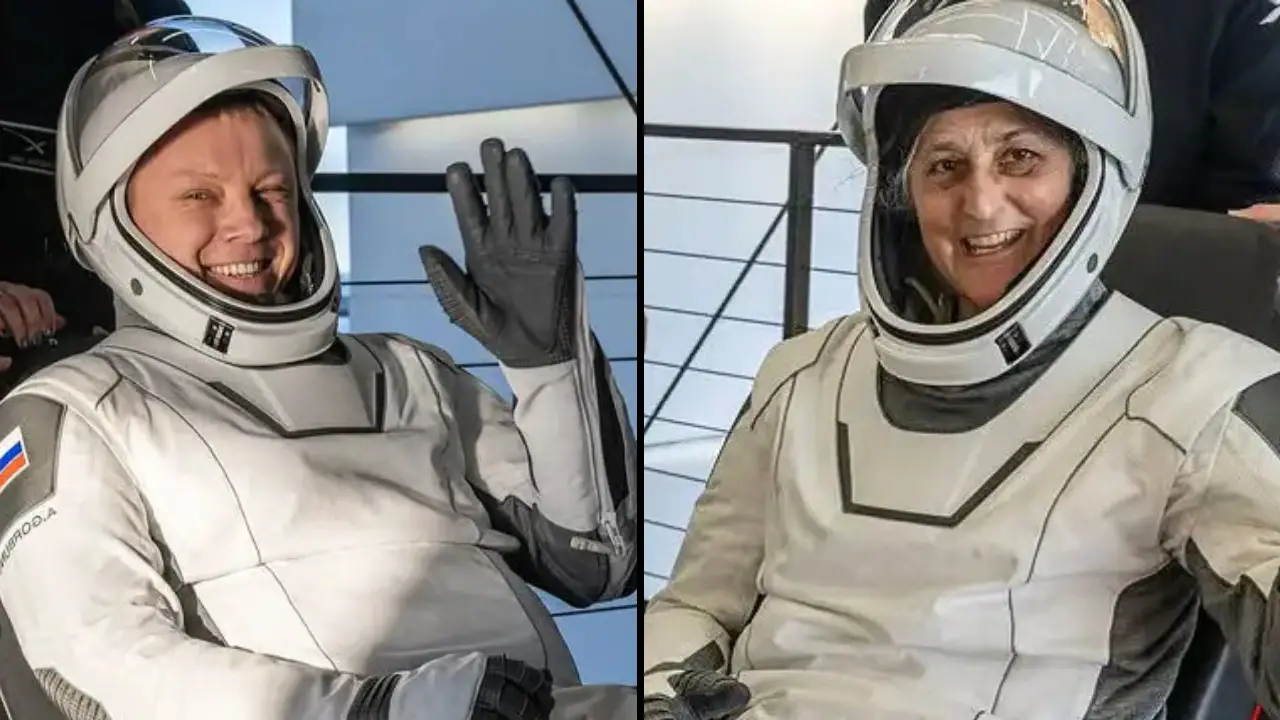
Credit: NASA
Doctors Sound Alarm After Spotting Disturbing Detail In NASA Astronaut Photo
Doctors are raising concerns about the astronauts who were stranded in space for 9 months after their return to Earth.
Spending time in space, gazing down at Earth from orbit, is a dream for many.
However, the human body is designed to function in Earth’s gravitational pull.
Prolonged exposure to microgravity presents severe physiological challenges, some of which astronauts may never fully recover from.
NASA astronauts Suni Williams and Butch Wilmore returned to Earth after what was initially planned as an eight-day mission aboard the International Space Station (ISS) but instead became an unplanned nine-month stay.
Now, they face the daunting challenge of regaining their physical health.

Professor Damian Bailey, a human physiology expert at the University of South Wales, tells the BBC: “Space is by far the most extreme environment that humans have ever encountered, and we’ve just not evolved to handle the extreme conditions.”
According to astronaut Tim Peake, who spent time aboard the ISS in 2015, the early stages of adapting to space can feel wonderful.
“It feels like a holiday,” he recalls. “Your heart is having an easy time. Your muscles and bones are having an easy time. You’re floating around the space station in this wonderful zero-gravity environment.”
However, this ease comes at a cost.
On Earth, muscles are constantly engaged to support body weight and movement, but in space, they begin to deteriorate rapidly without resistance from gravity. Even simple activities like standing or walking become impossible without muscular engagement.
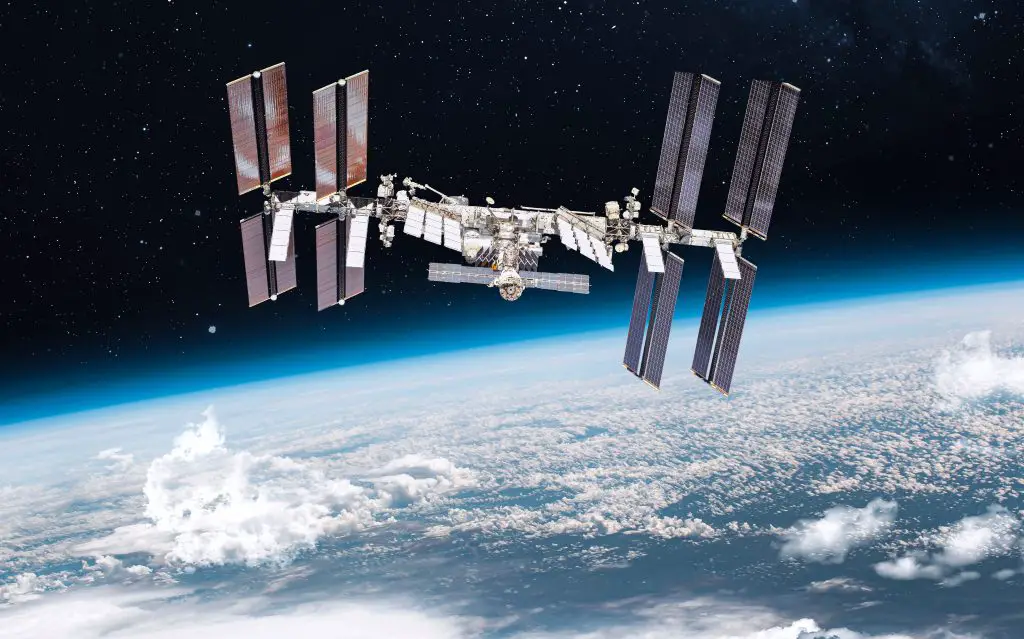
The body experiences an accelerated aging effect in space, particularly in muscles, bones, and the cardiovascular system.
“Every month, about 1% of their bone and muscles are going to wither away – it’s accelerated aging,” says Prof. Bailey.
Astronauts try to counteract this through rigorous daily exercise, but the damage still accumulates.
Upon their return, astronauts often struggle to stand or walk without assistance.
Their bodies must readjust to gravity, a process that can take months or even years.
Dr. Helen Sharman, the first Briton in space, explains: “It will probably take them a few months to build up their muscle mass.”
Bone density, however, could take ‘a couple of years’ to recover, and even then, the bone structure may never fully return to its original state.
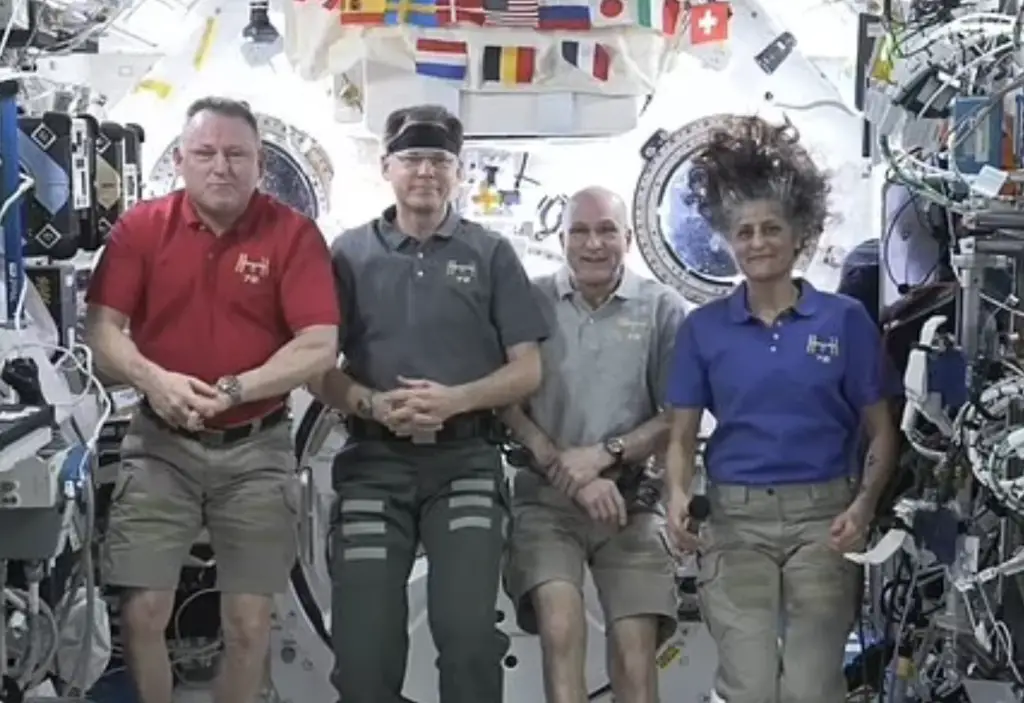
Prolonged weightlessness affects more than just muscles and bones.
The circulatory system weakens due to the reduced workload on the heart, and body fluids shift upwards, causing swelling in the face and potential changes in brain function.
Some astronauts develop ‘spaceflight-associated neuro-ocular syndrome,’ which can lead to vision impairments that may be irreversible.
The vestibular system, which helps maintain balance, also becomes disoriented in microgravity.
Peake describes the readjustment period as ‘punishing,’ with dizziness and balance issues persisting for days.
“That initial phase of stopping feeling dizzy, of regaining your balance and having strength to walk around normally, that’s just two or three days,” he says. However, more subtle effects may linger much longer.
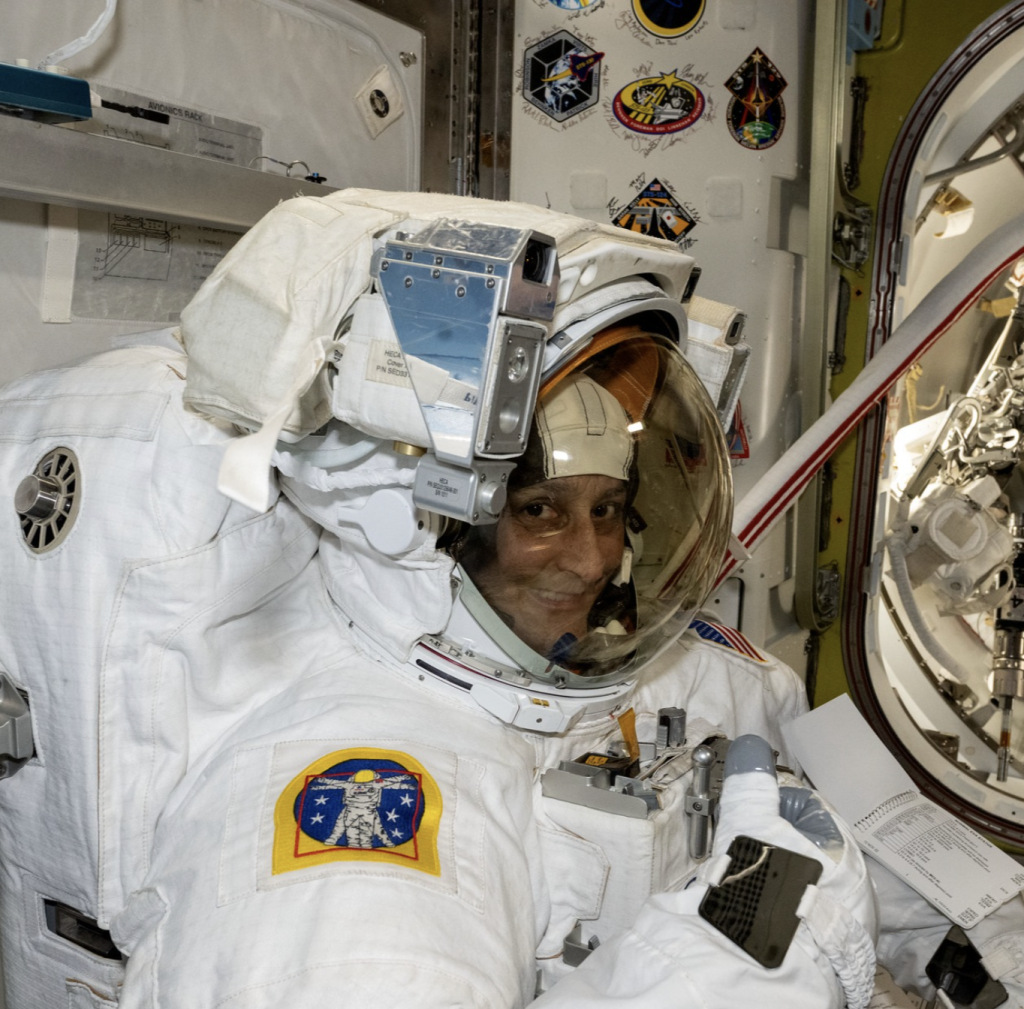
Images of Suni Williams after her return raised concerns among medical experts. Observers noted her ‘visibly thin’ wrists, suggesting muscle atrophy and bone loss.
Dr. Olalekan Otulana, a general practitioner, explains to Mail Online: “Sunita Williams’ visibly thin wrists could indicate muscular atrophy, particularly in the forearm muscles, which are less used in space.”
Dr. John Jaquish, a biomedical engineer, adds that prolonged space travel impacts digestion and nutrient absorption.
“Without gravity, you don’t digest food as well,” he says. The reduced ability to process nutrients can contribute to weight loss and further muscle deterioration.
Experts also highlight that rehydration is crucial after prolonged space missions. Williams was seen with an IV in her wrist, which Dr. Otulana suggests was ‘most likely for rehydration and electrolyte balance.’
This helps astronauts regain proper circulation and prevent dizziness upon returning to Earth.
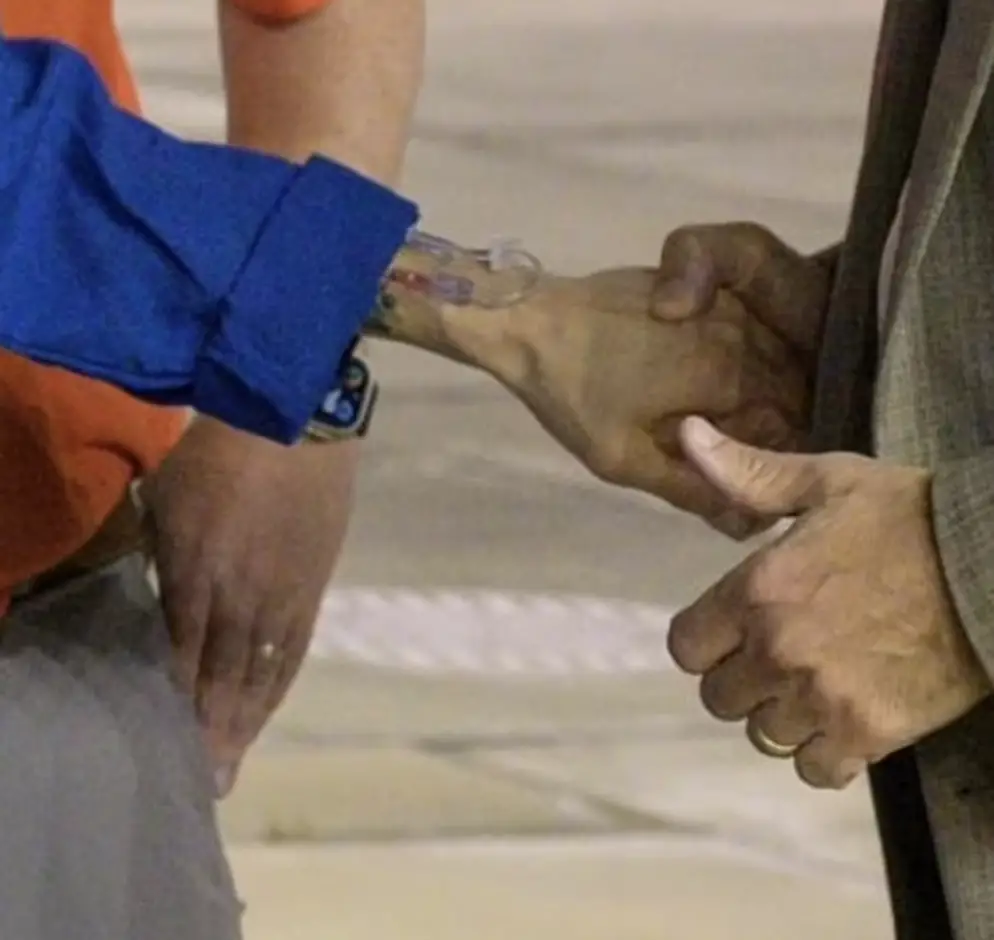
The psychological toll of being stranded in space for months longer than planned cannot be ignored.
Psychiatrist Carole Lieberman points out that the uncertainty of returning safely likely added stress.
“Sunita Williams put on a brave face and told everyone she was happy to have this extra time in space, but the prospect of facing a slow death in a space capsule is a thing that nightmares are made of – and it took a toll on her psyche.”
Recovery from such an ordeal requires a carefully structured rehabilitation plan, including gradual reintroduction to normal food, physical therapy, and monitored exercise routines.
Dr. Jaquish emphasizes the importance of a targeted approach: “They have to be very targeted about what they’re doing from an exercise and nutritional standpoint to get back there.”
While the physical and physiological challenges are significant, experts remain optimistic.
“There’s nothing permanent about what they’ve done,” Dr. Jaquish says, though recovery could take months or even years.
Whether Williams and Wilmore will ever return to space remains uncertain, but their experience highlights the long-term risks of extended space travel – and why recovery may never be complete.
Related Article: NASA Astronaut Reveals The Shocking Truth He Learned After Seeing Earth From Space
Related Article: Astronaut Who Spent 178 Days In Space Shares The Big ‘Lie’ He Realized After Seeing Earth
Want more stuff like this?
Get the best viral stories straight into your inbox!